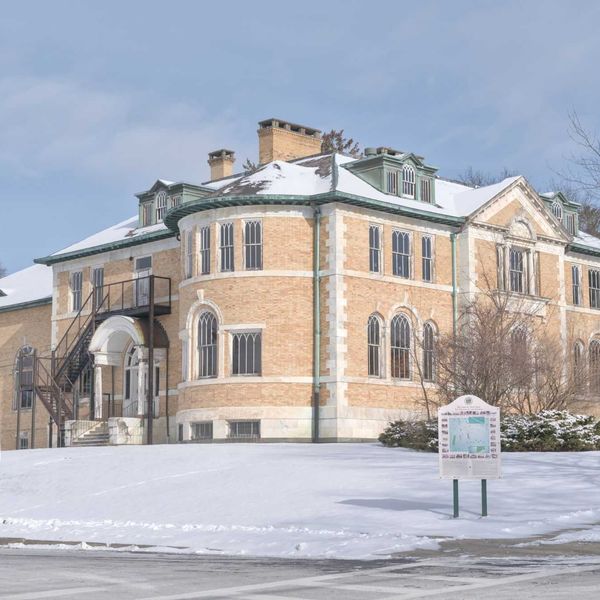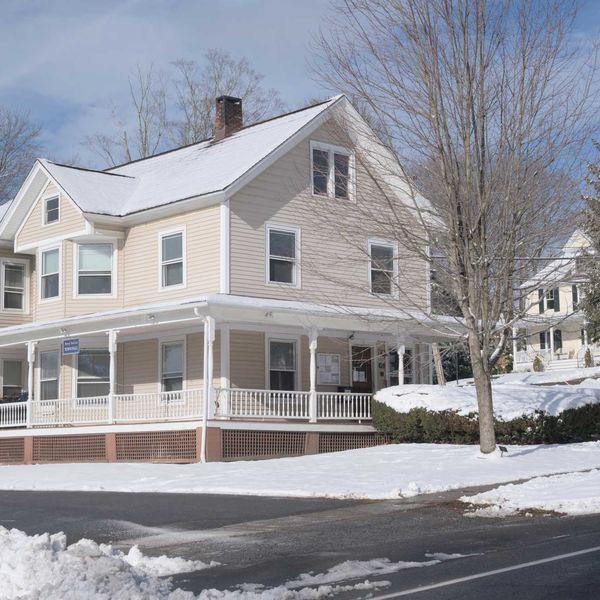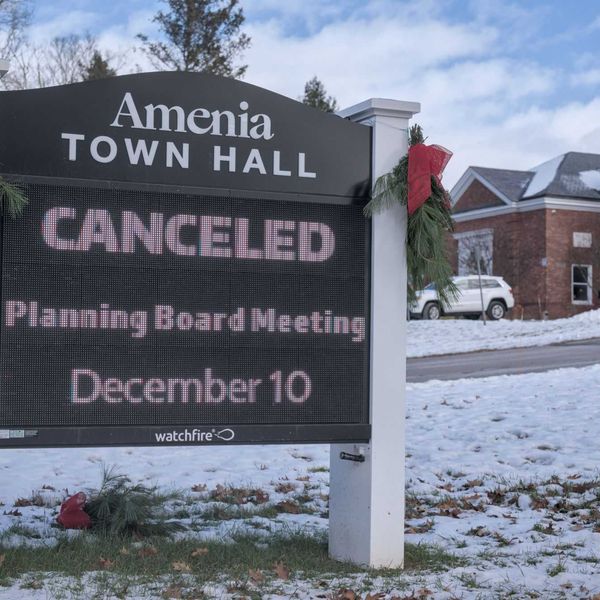Caught on Camera: Our wildlife neighbors
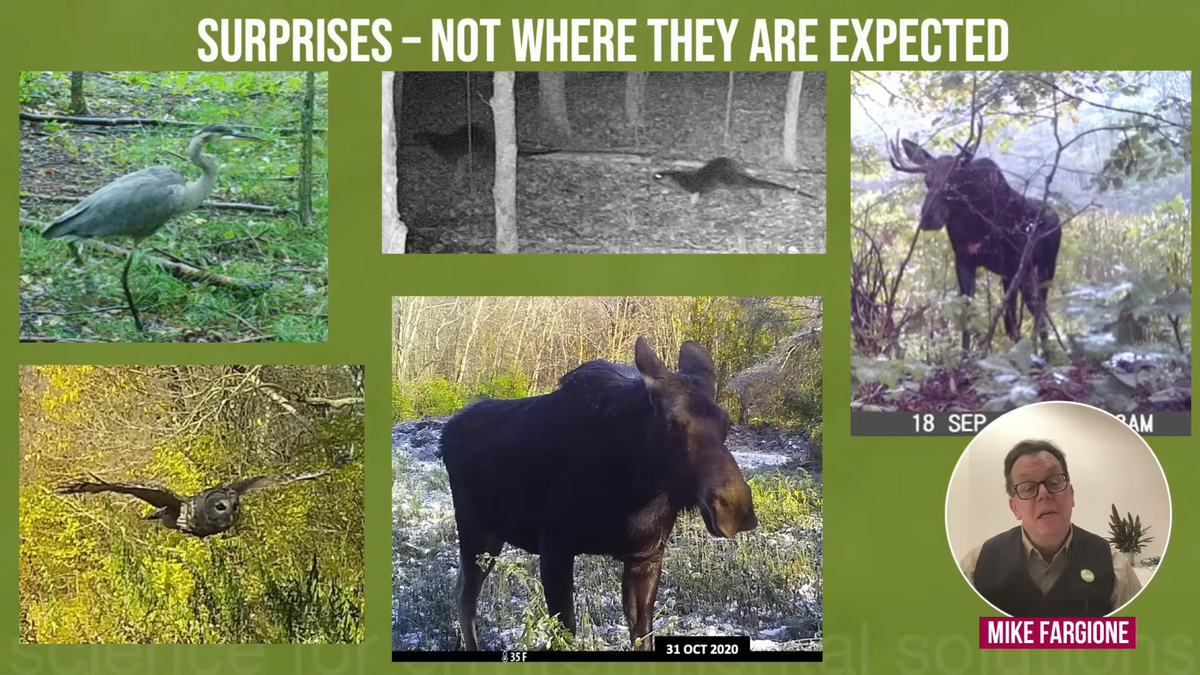
Clockwise from upper left: Wildlife more rarely caught by trail cameras at Cary Institute of Ecosystem Studies: great blue heron, river otters, a bull moose, presenter and wildlife biologist Michael Fargione, a moose cow, and a barred owl.
Cary Institute of Ecosystem Studies





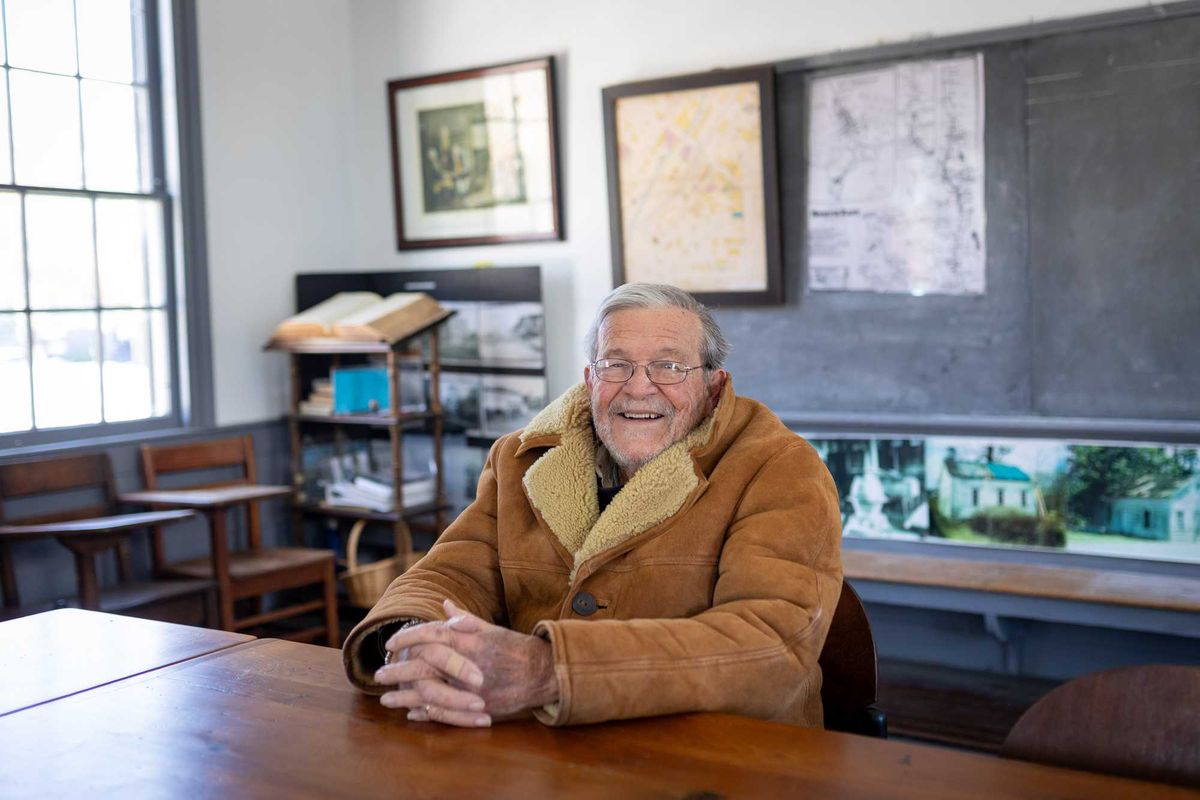
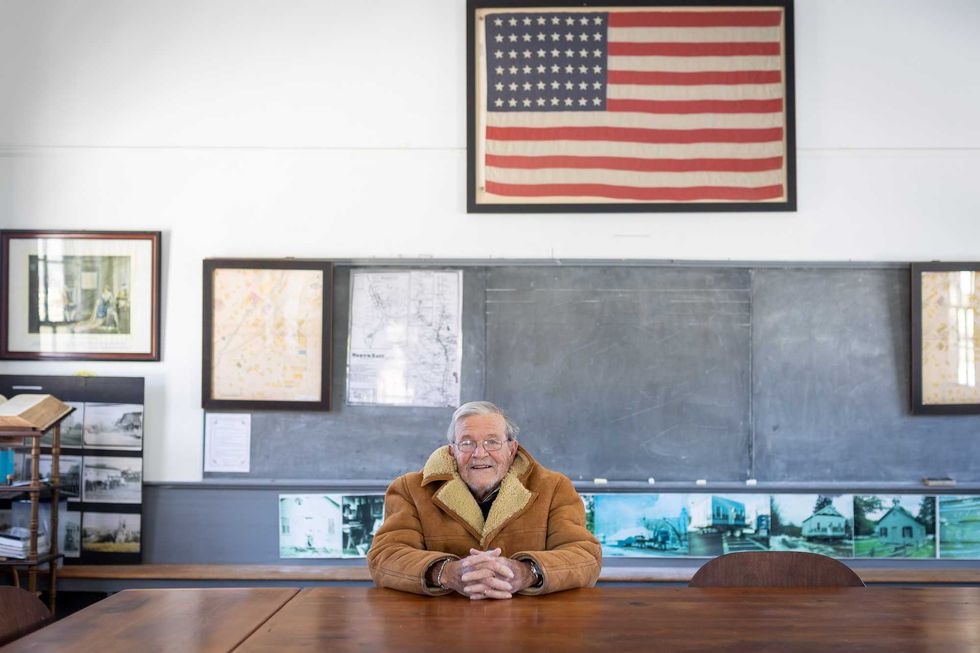 Ralph Fedele sits at a table in the historic Irondale Schoolhouse in downtown Millerton. Fedele led the effort to renovate and relocate the schoolhouse to the center of the village.Photo by Aly Morrissey
Ralph Fedele sits at a table in the historic Irondale Schoolhouse in downtown Millerton. Fedele led the effort to renovate and relocate the schoolhouse to the center of the village.Photo by Aly Morrissey


